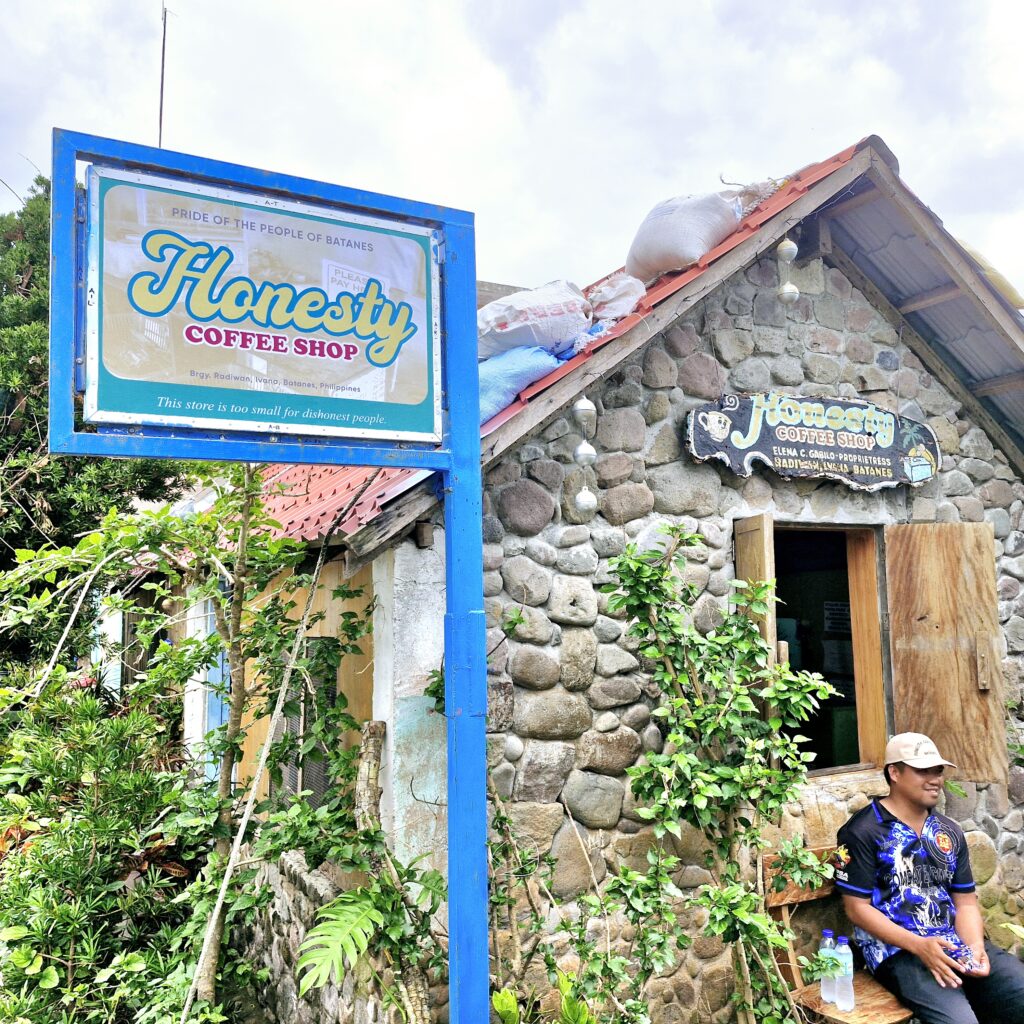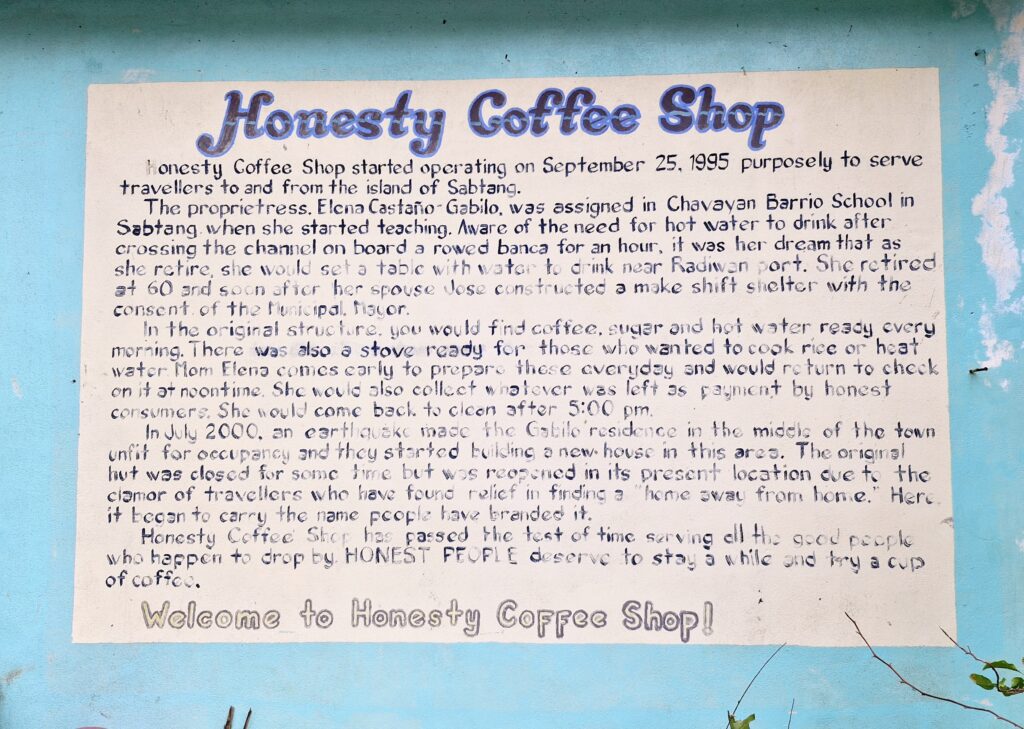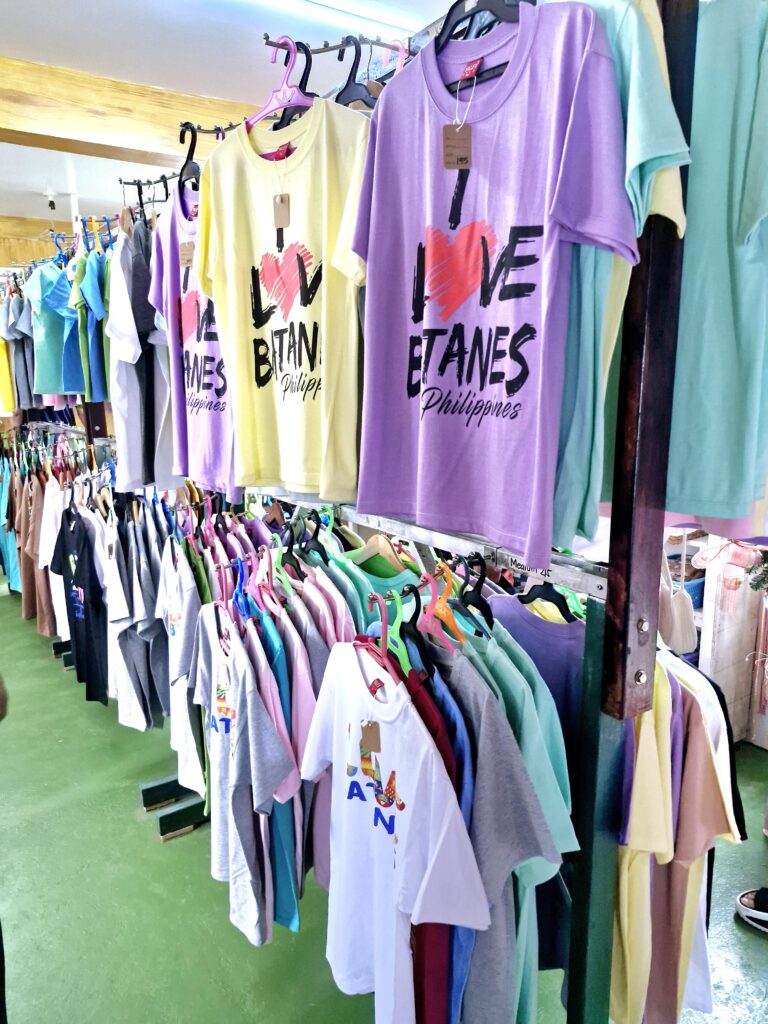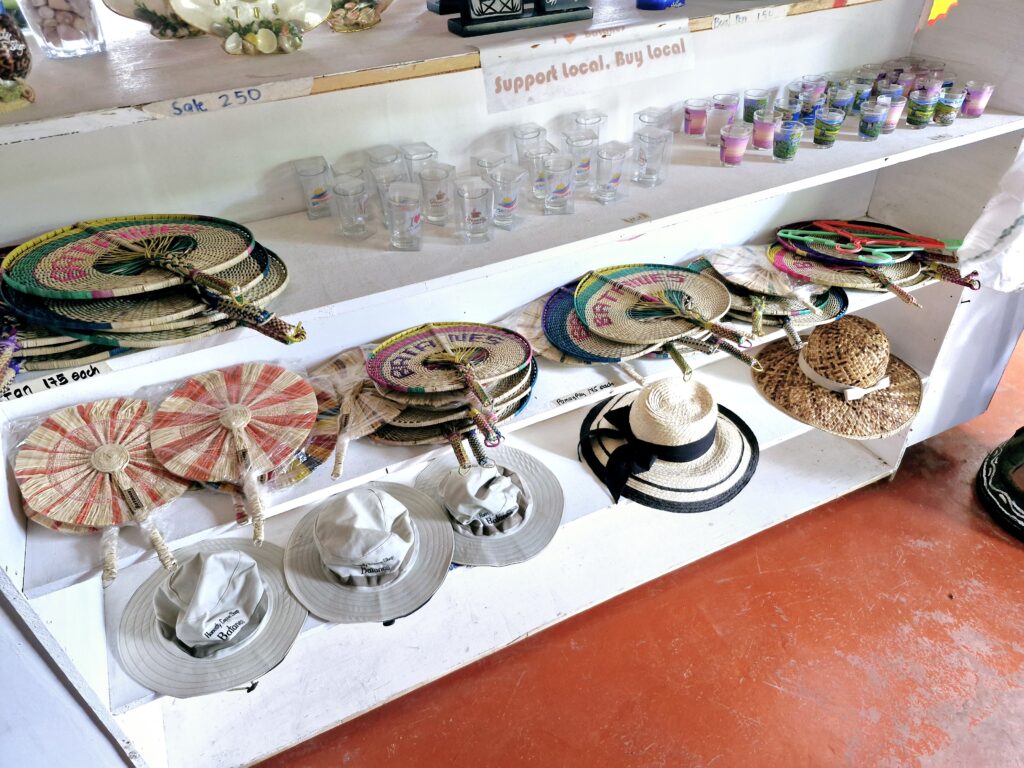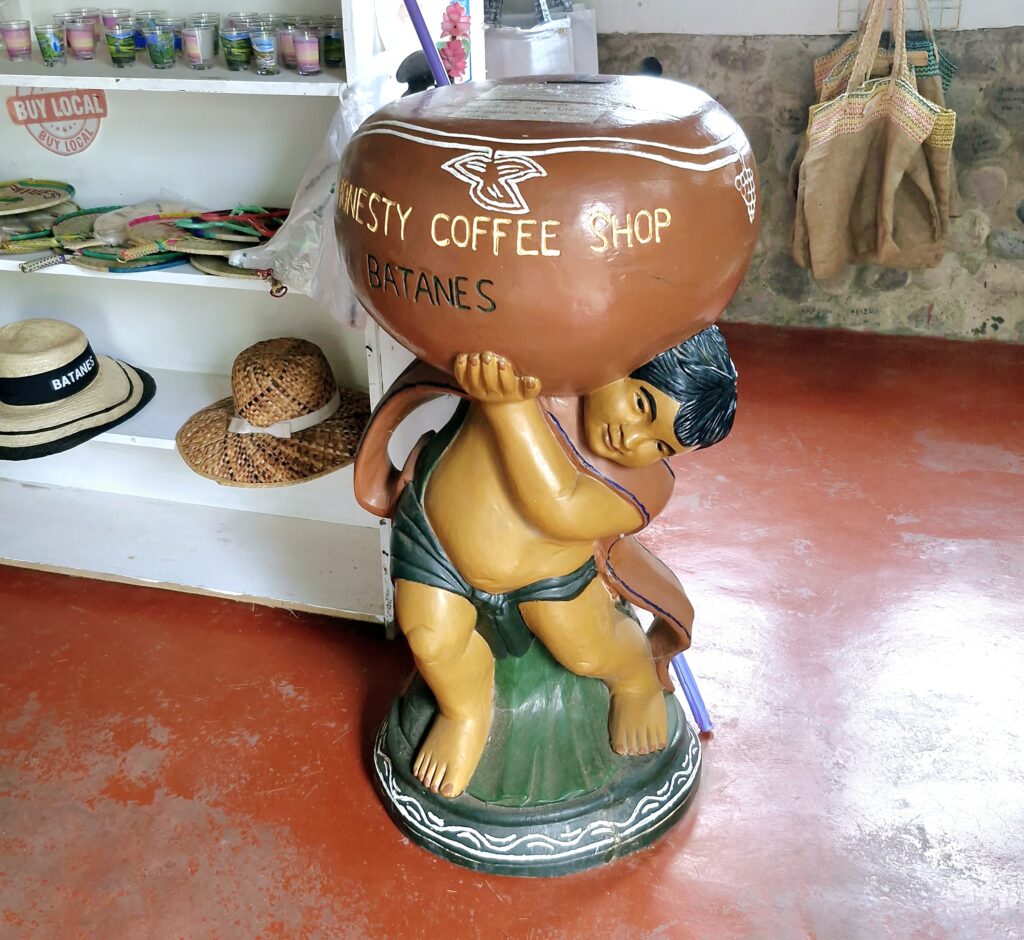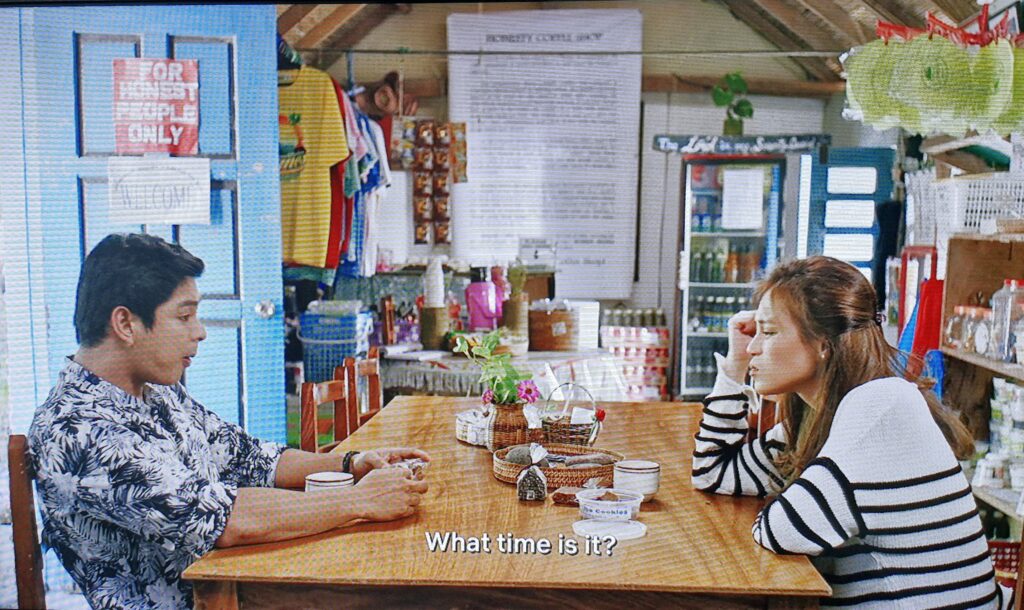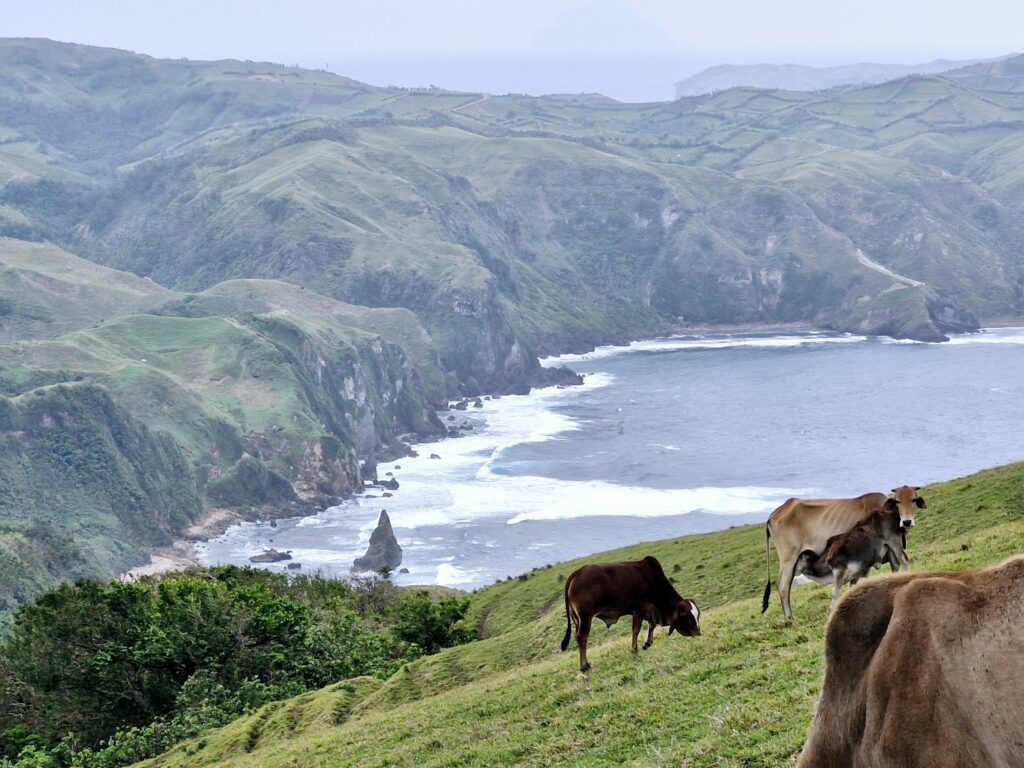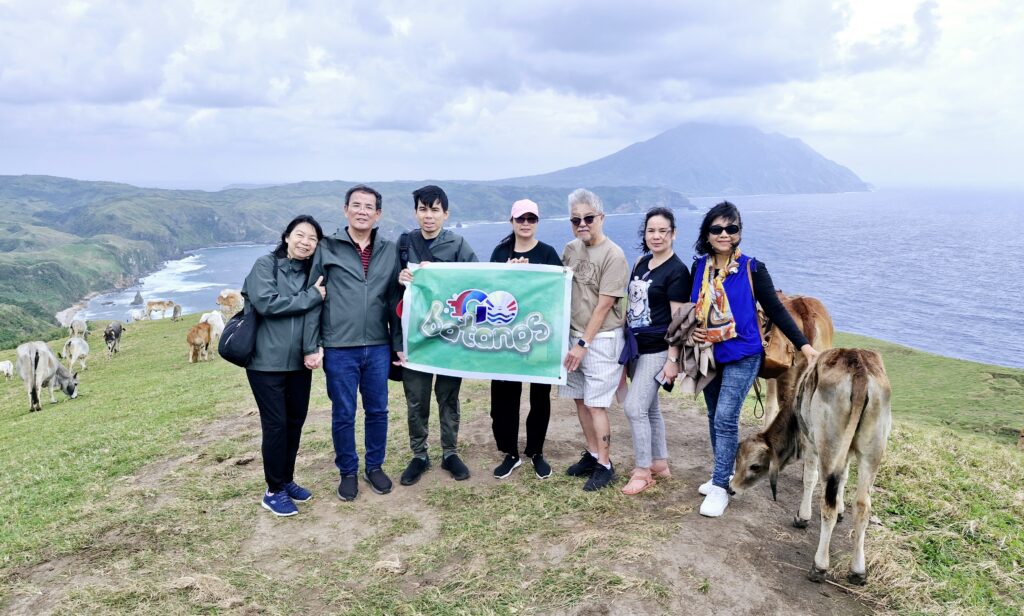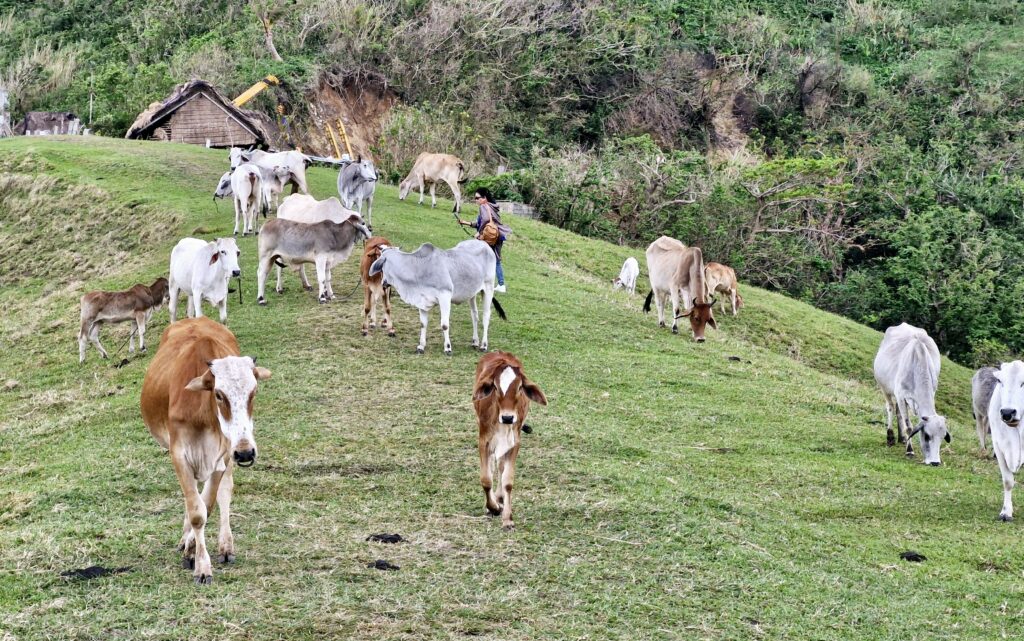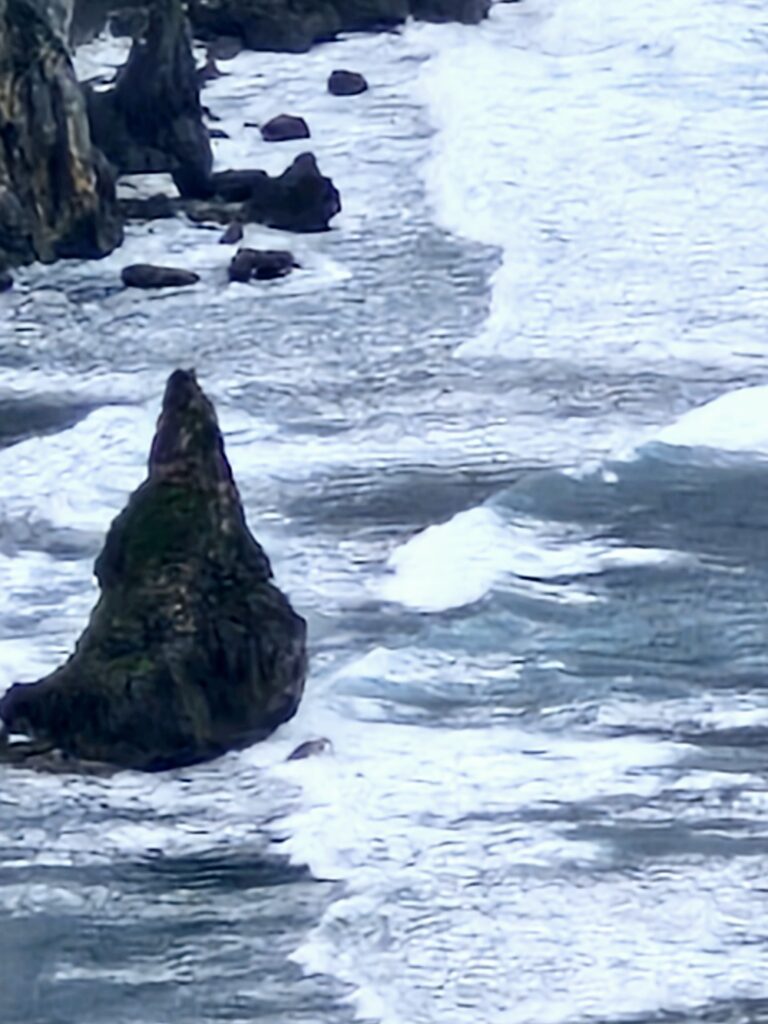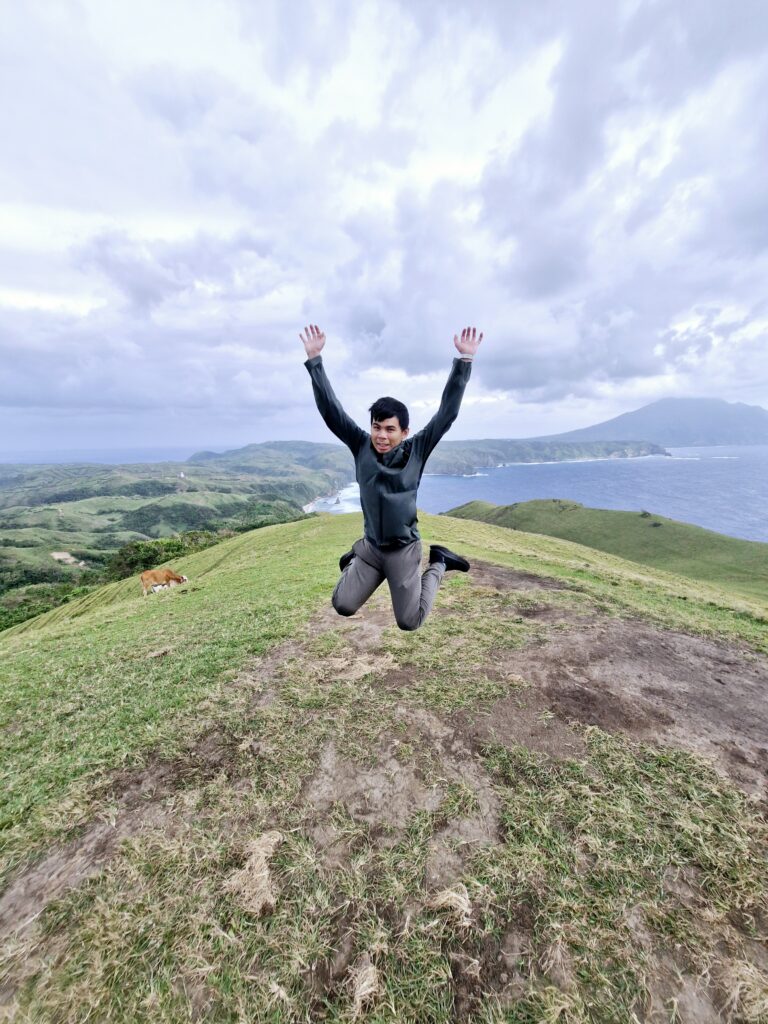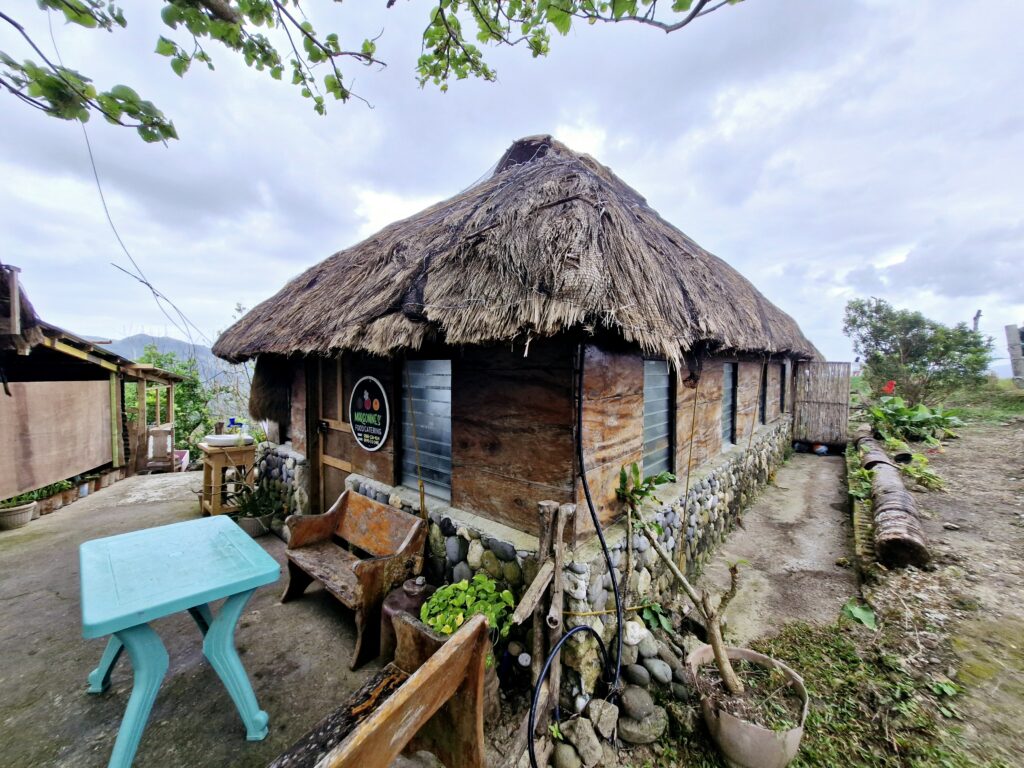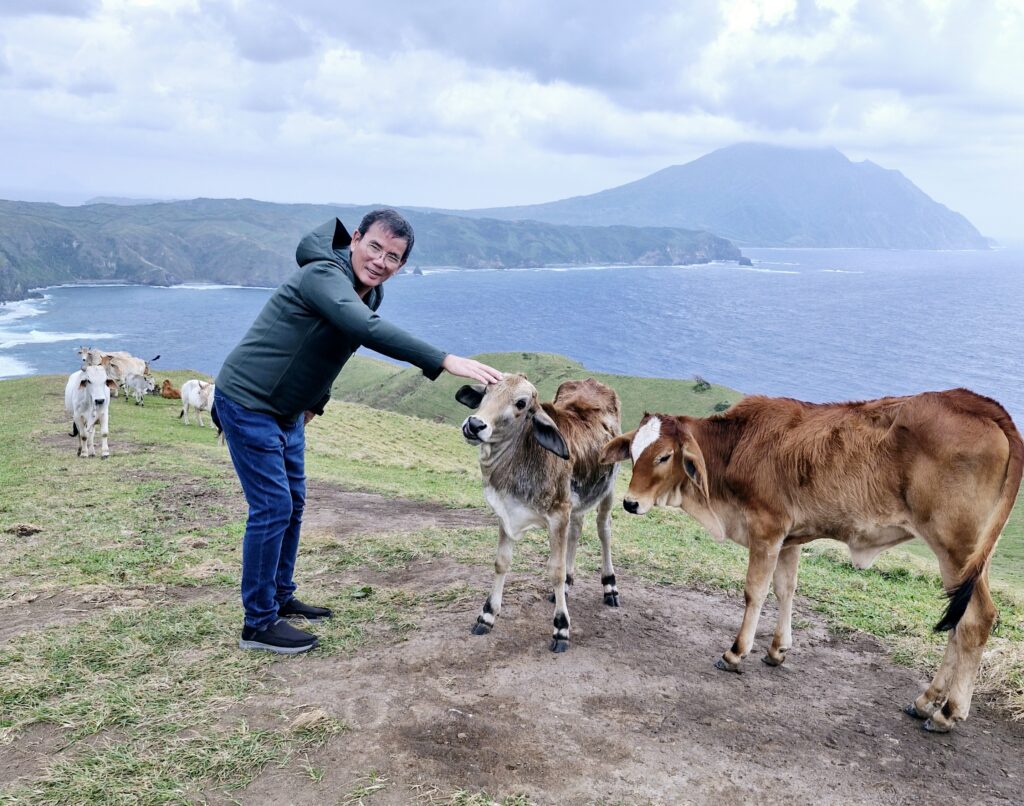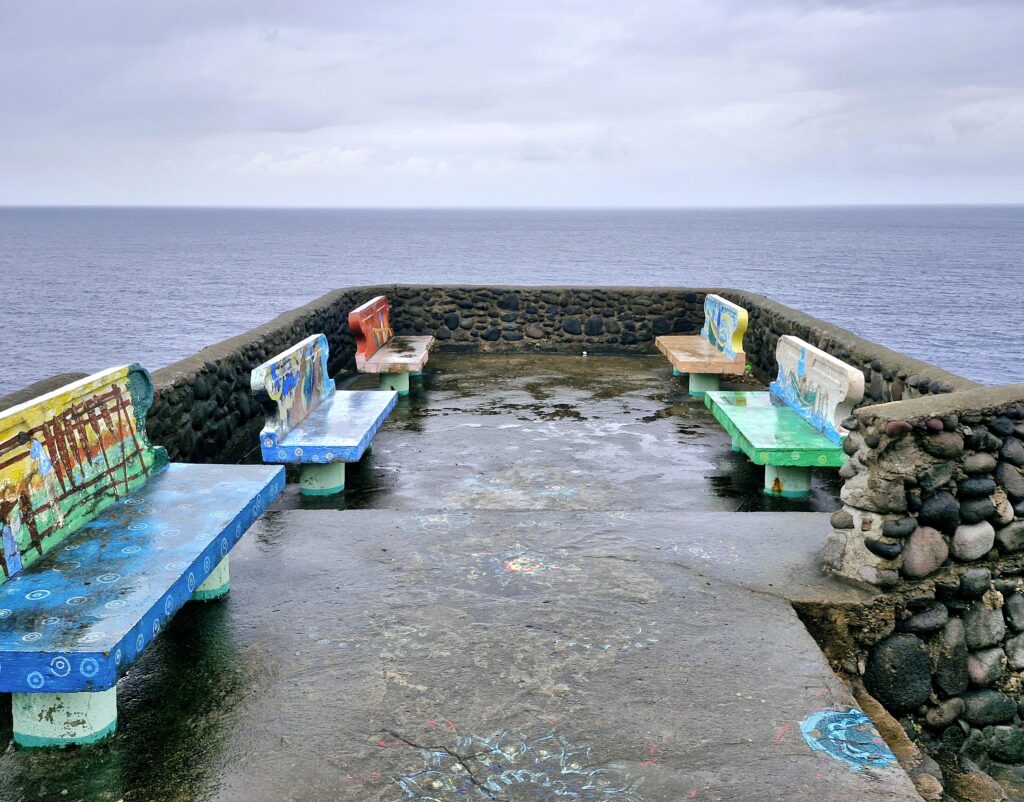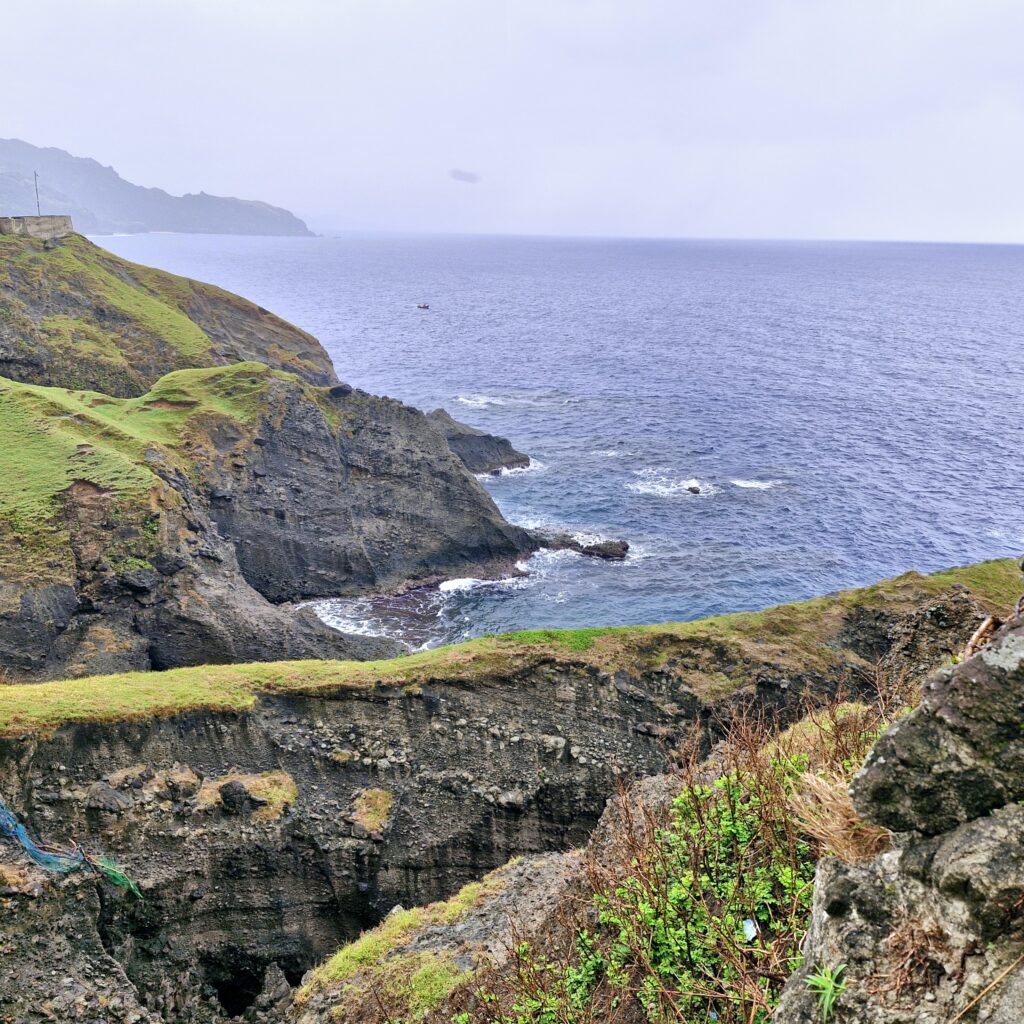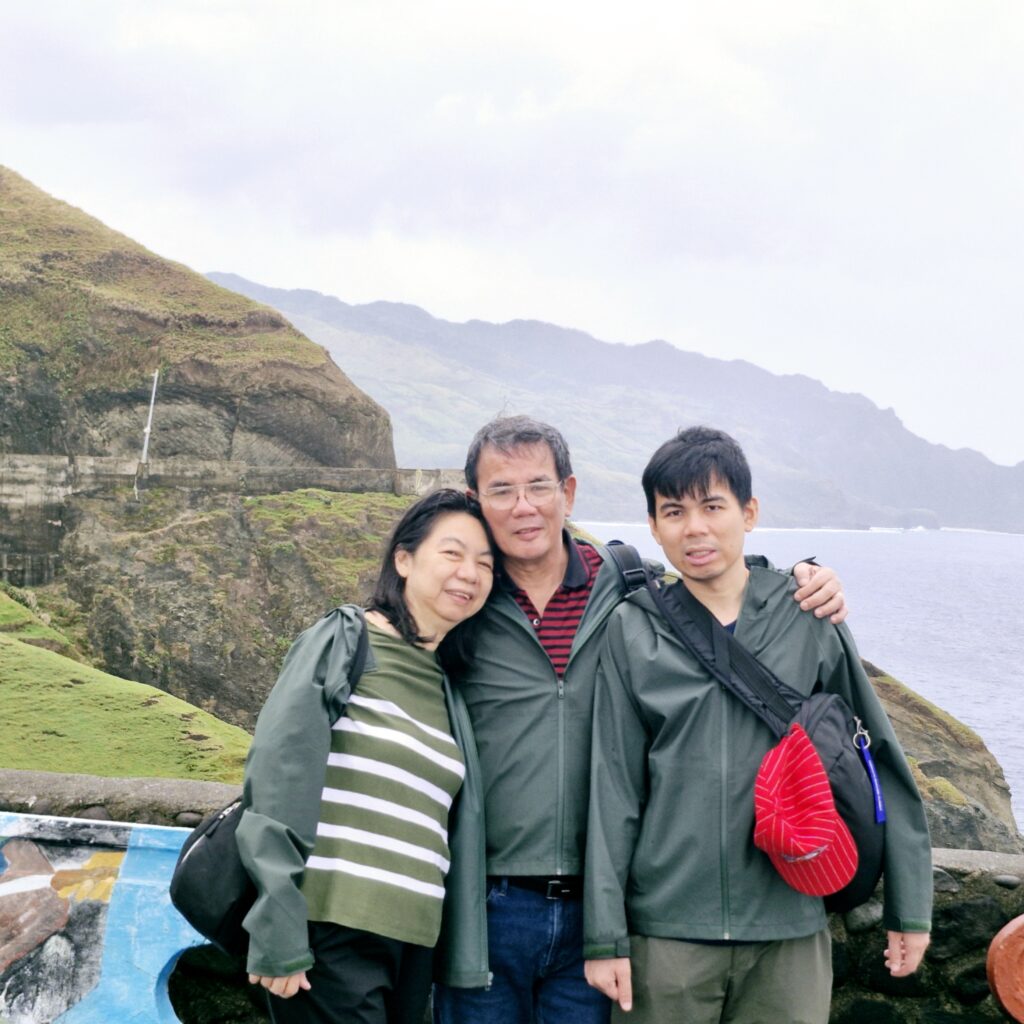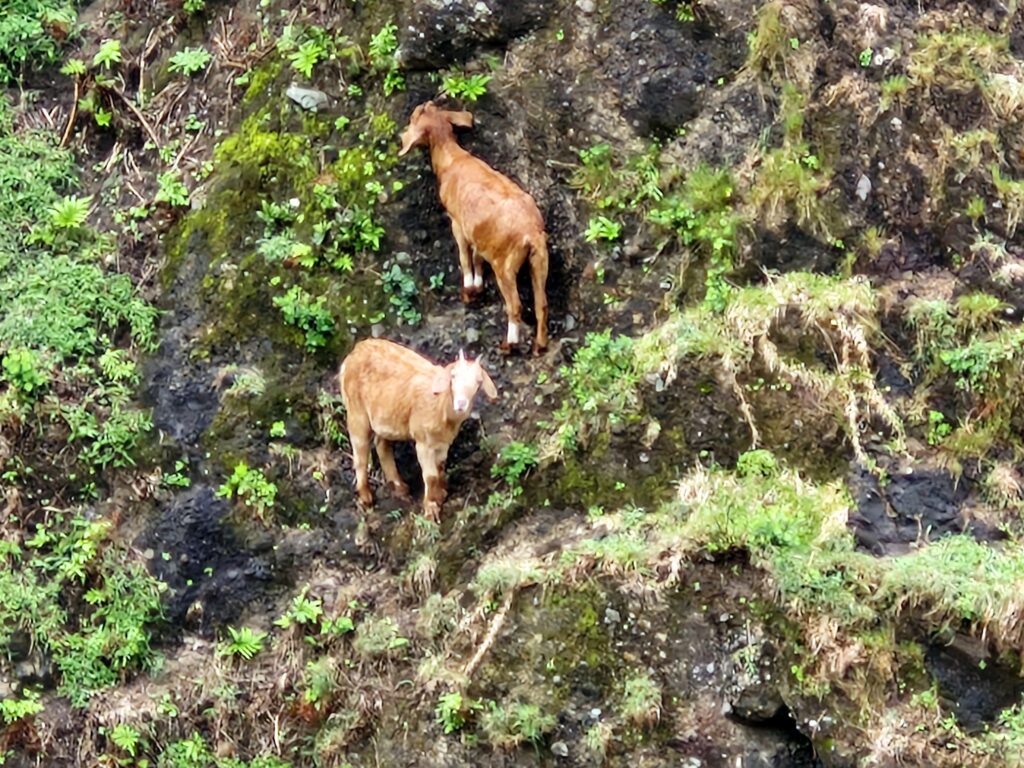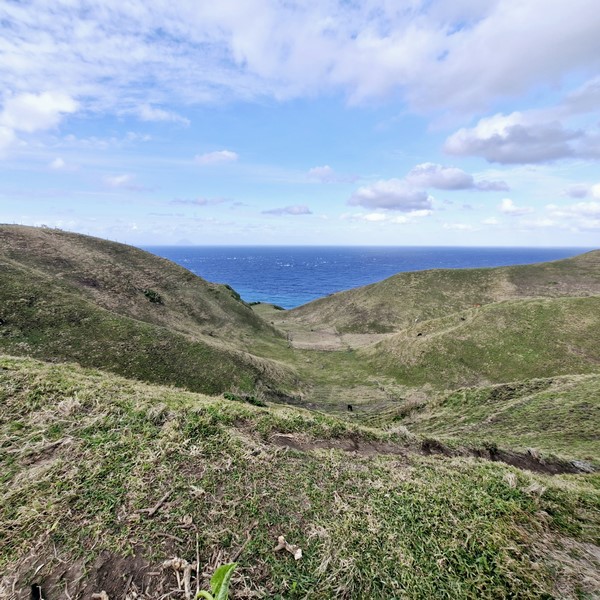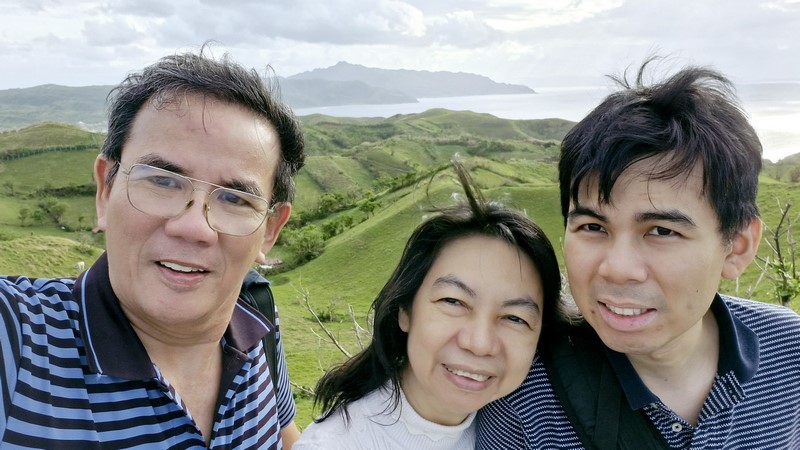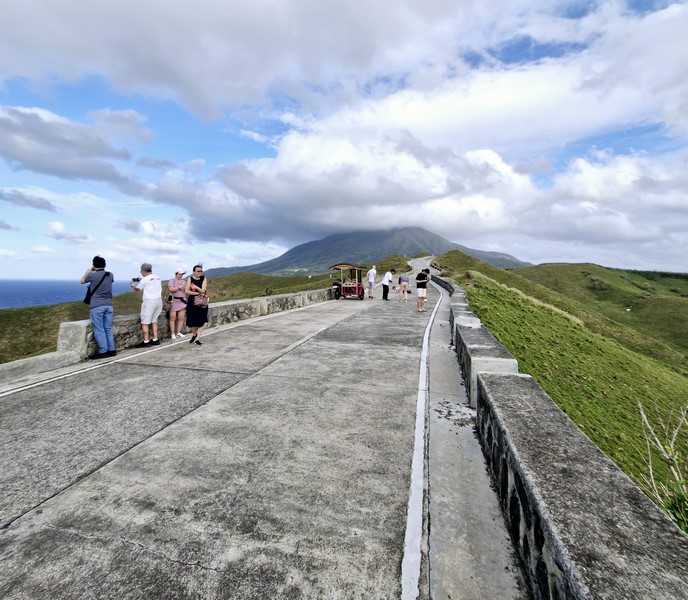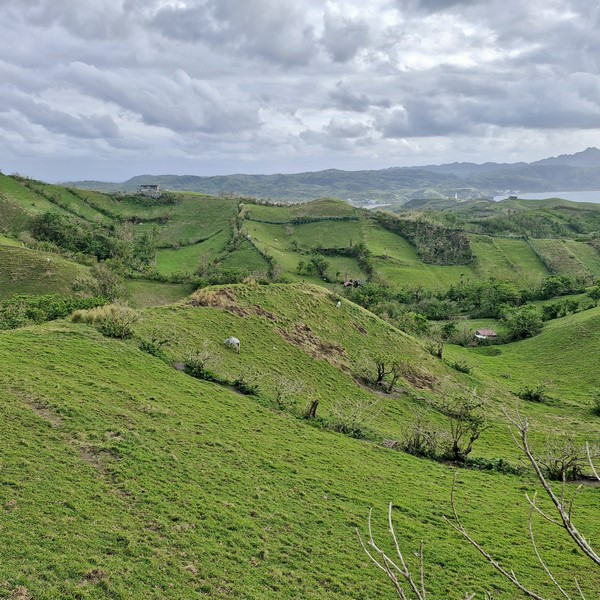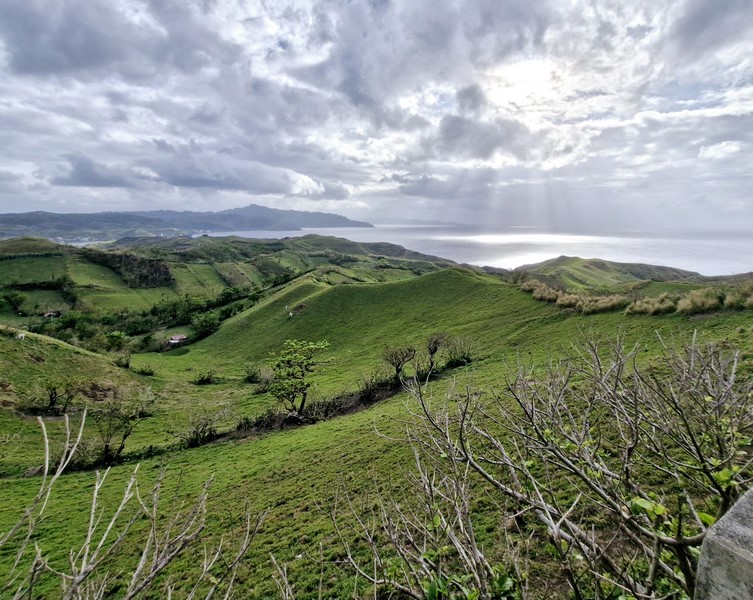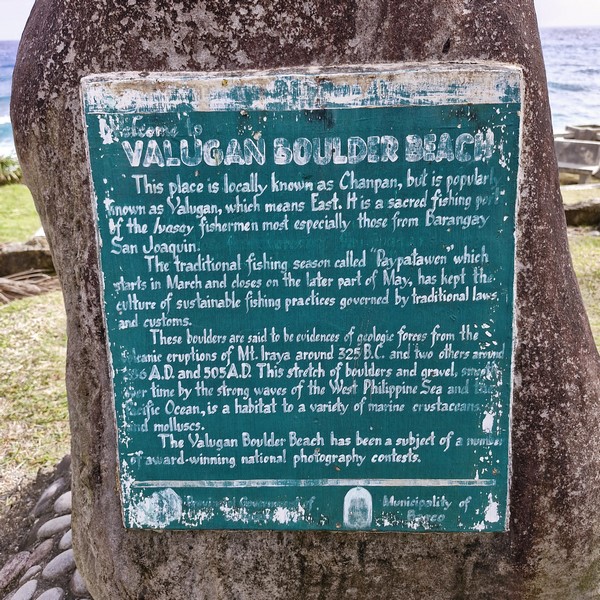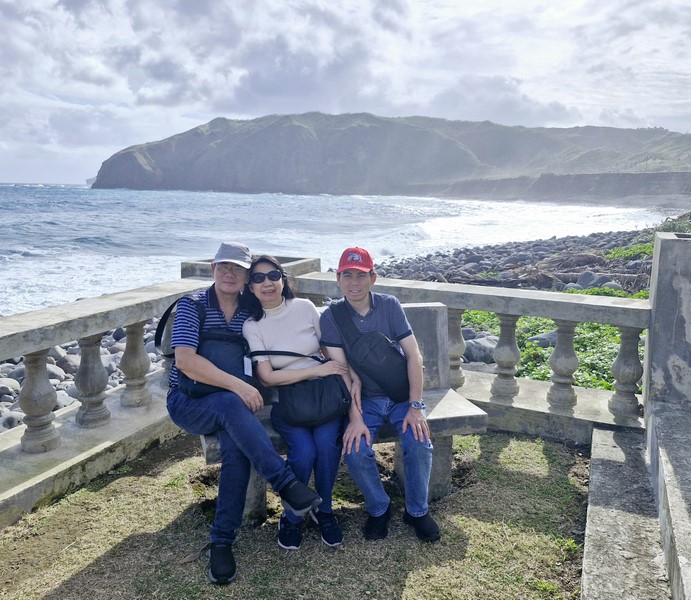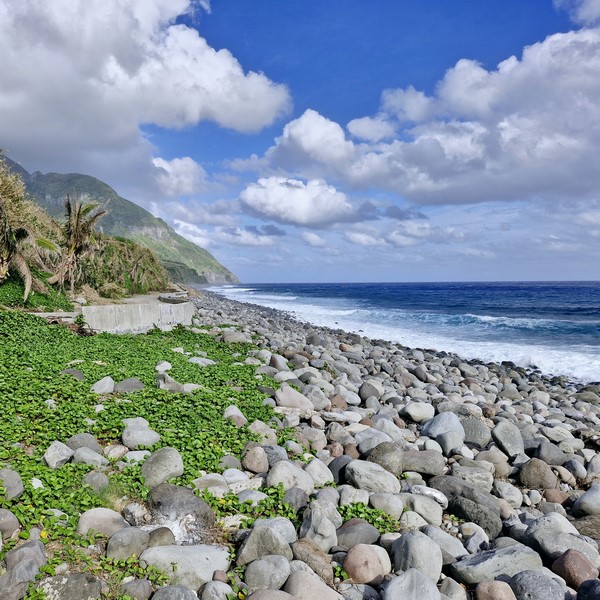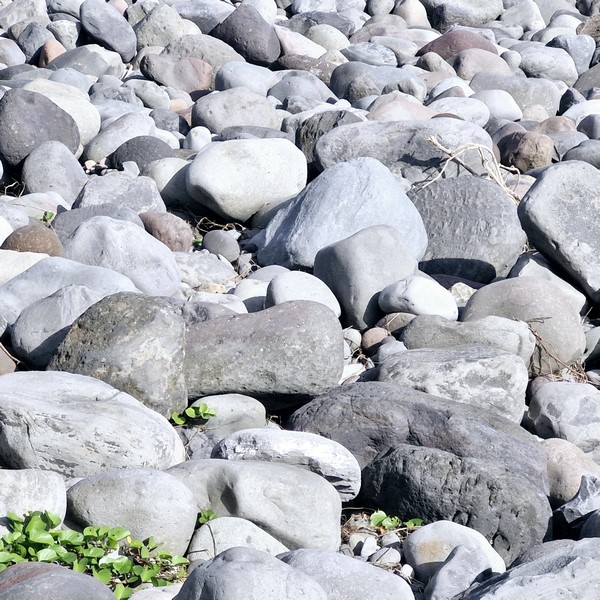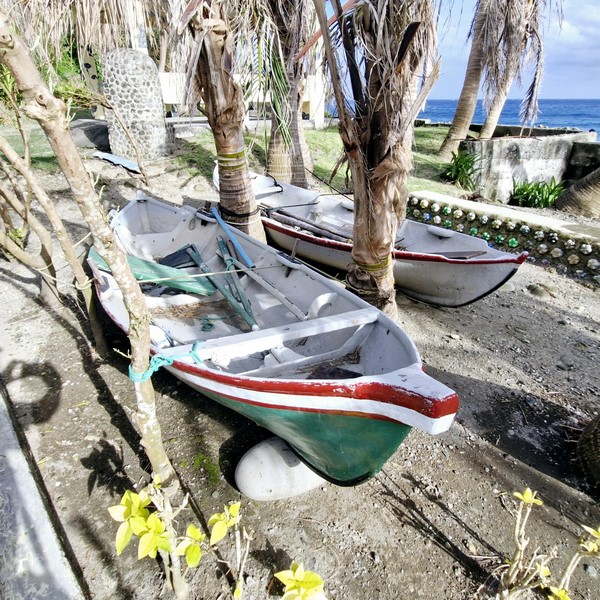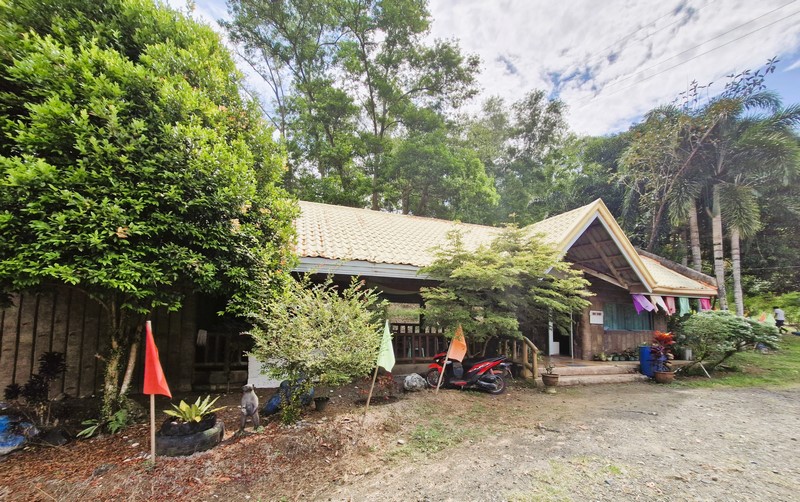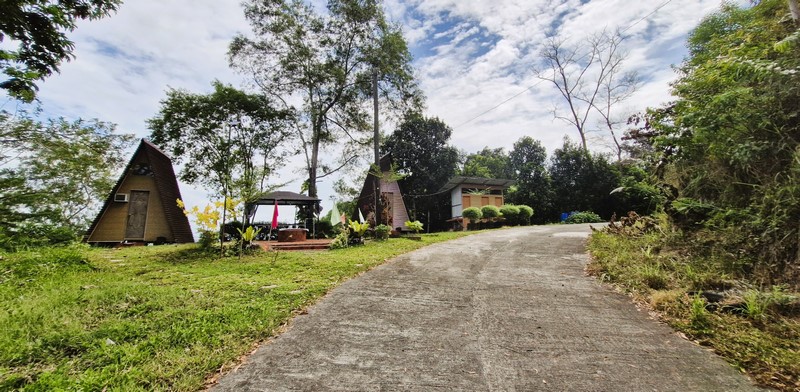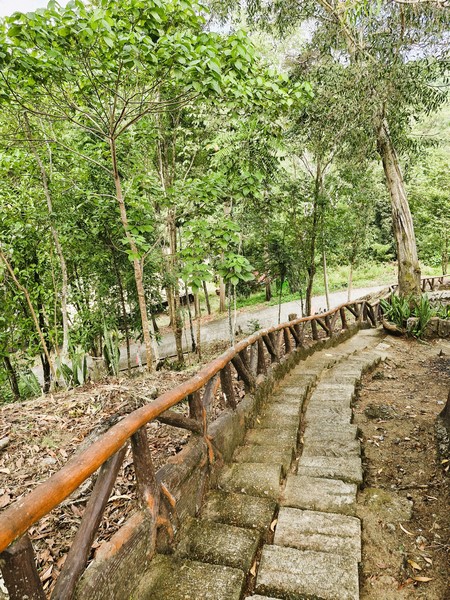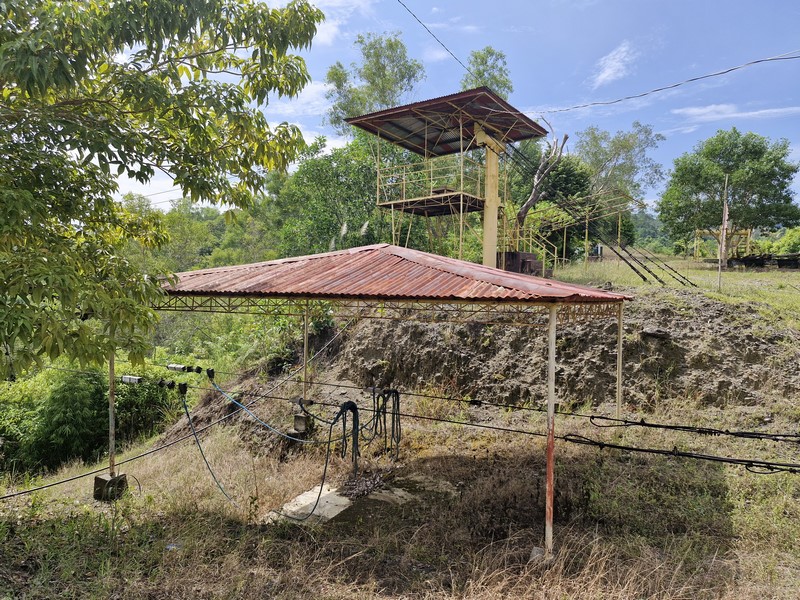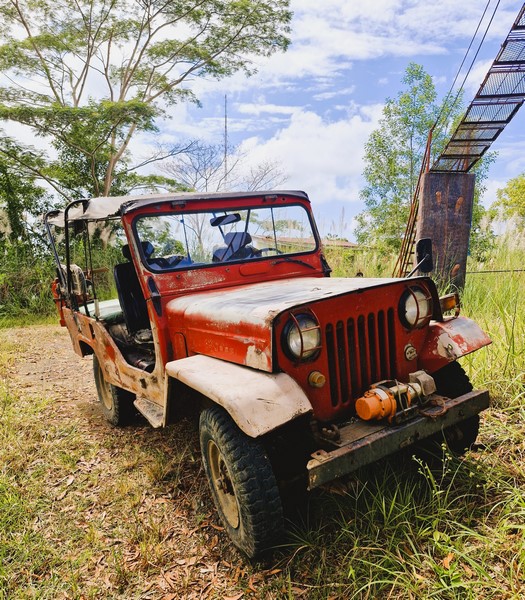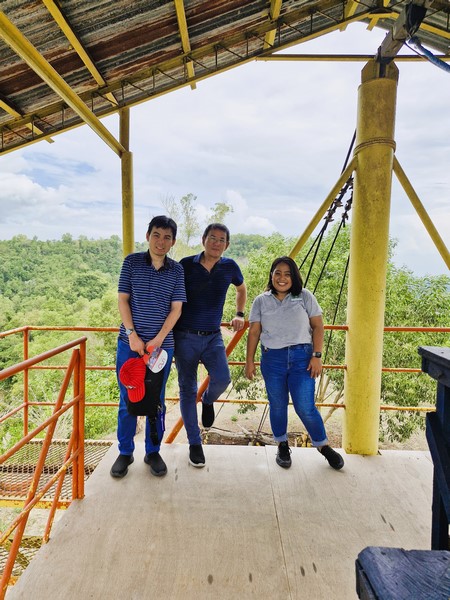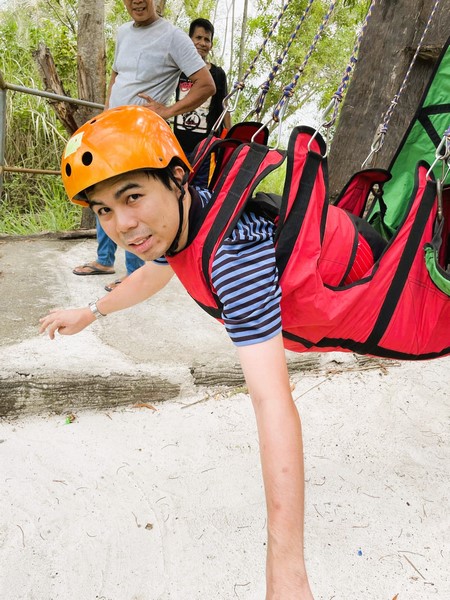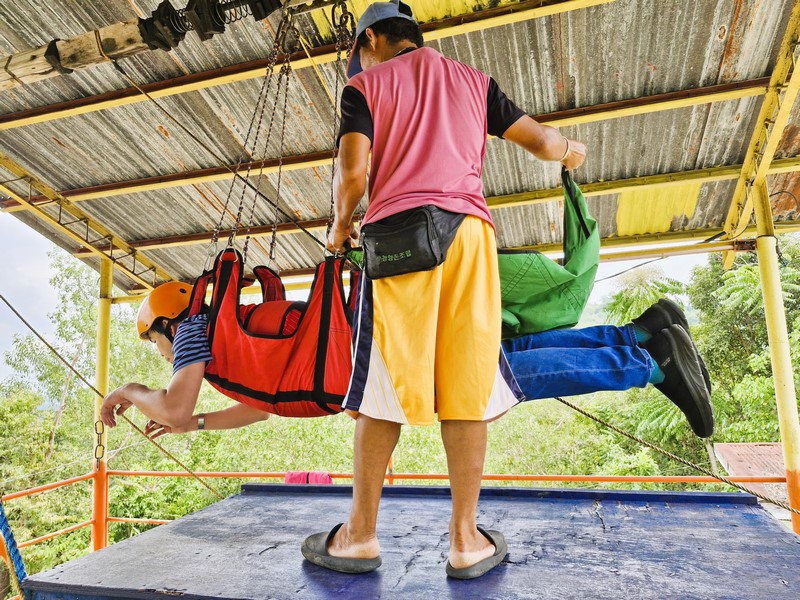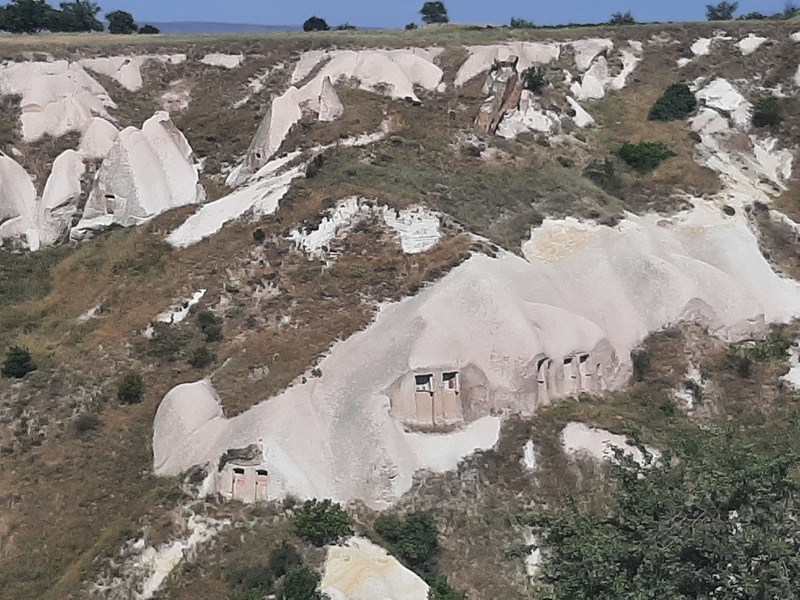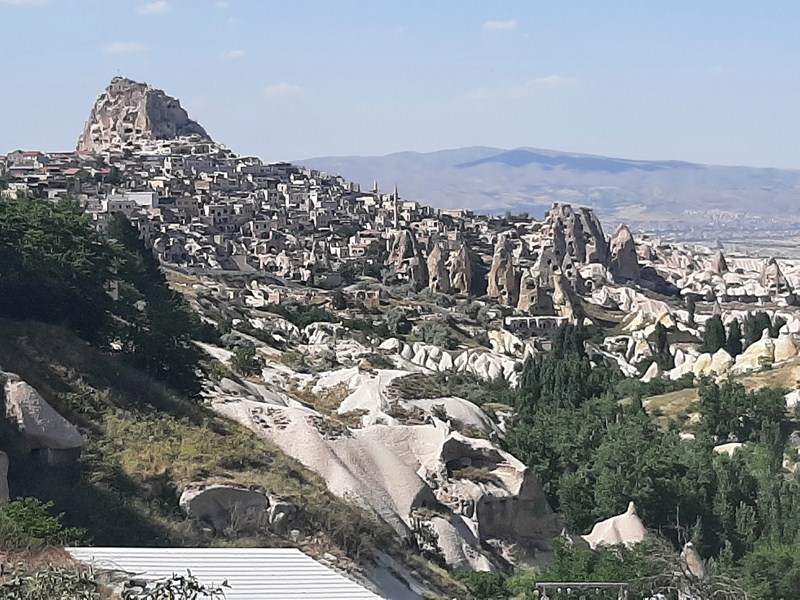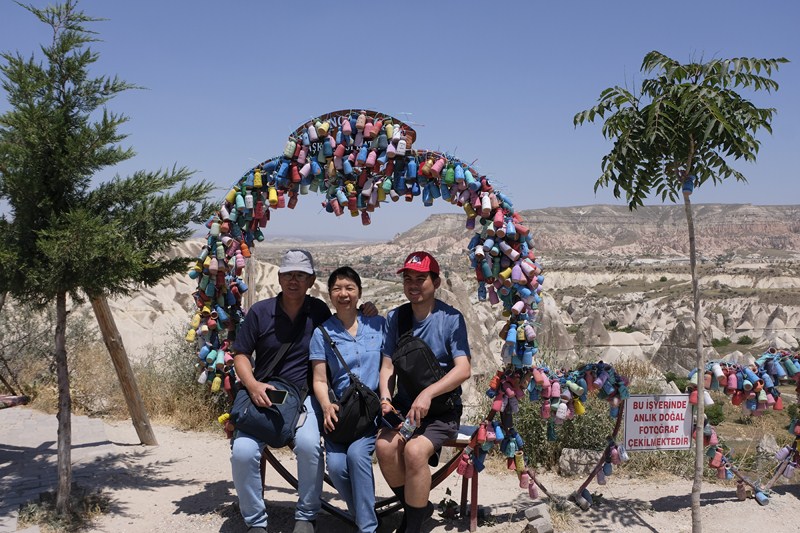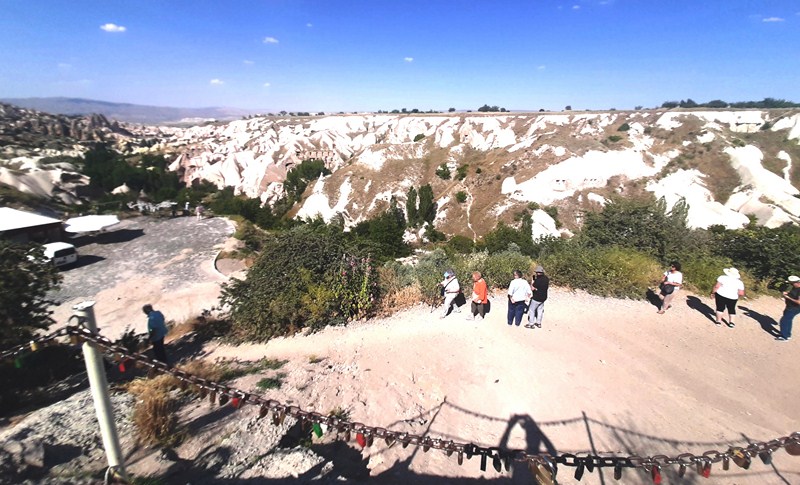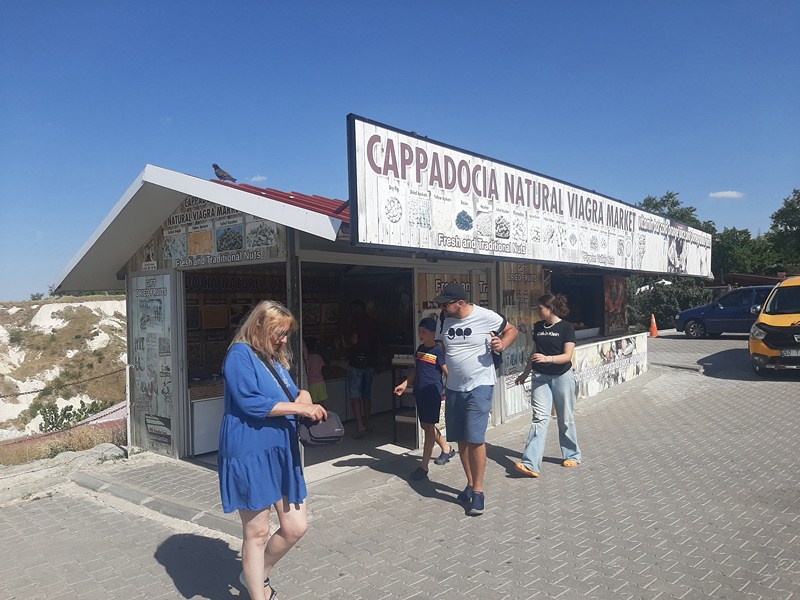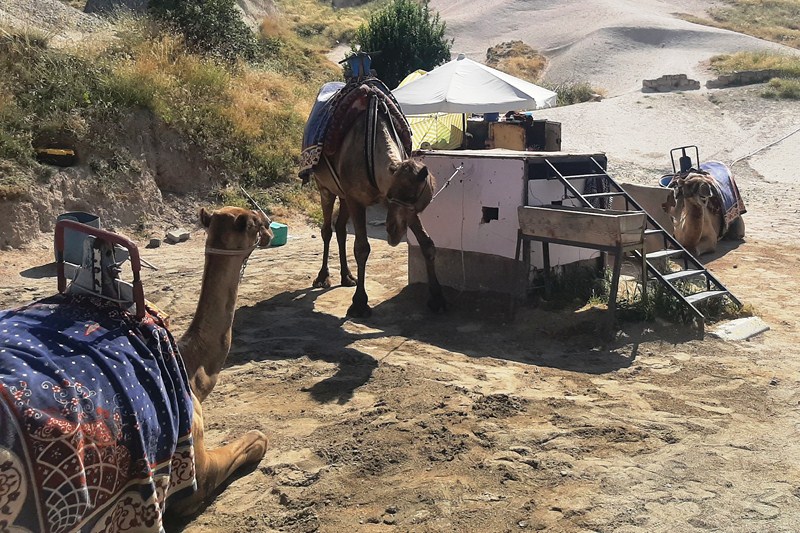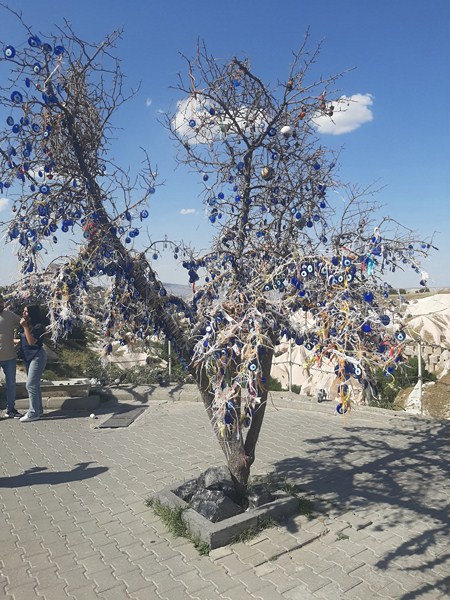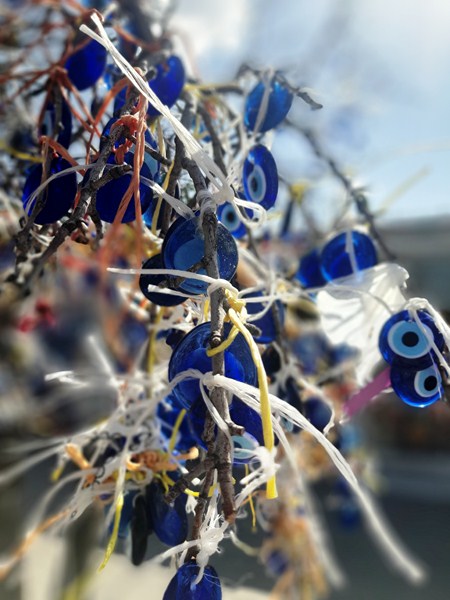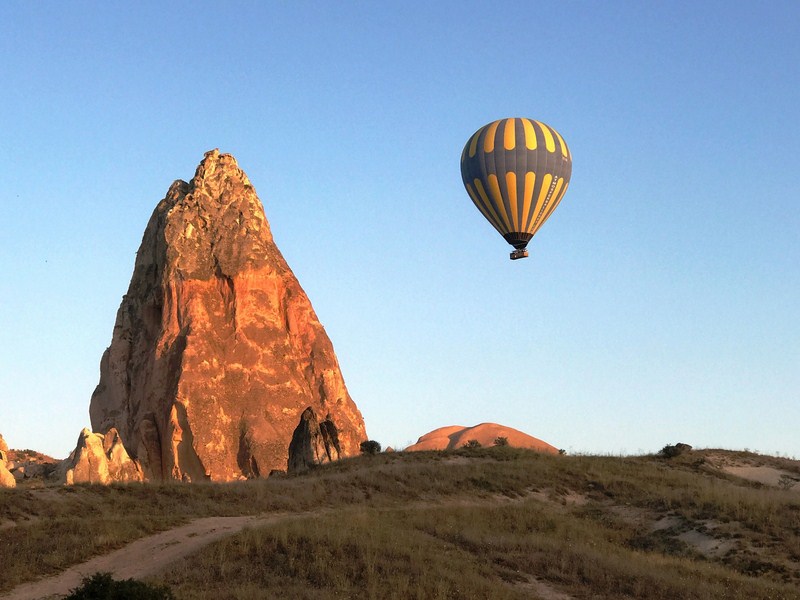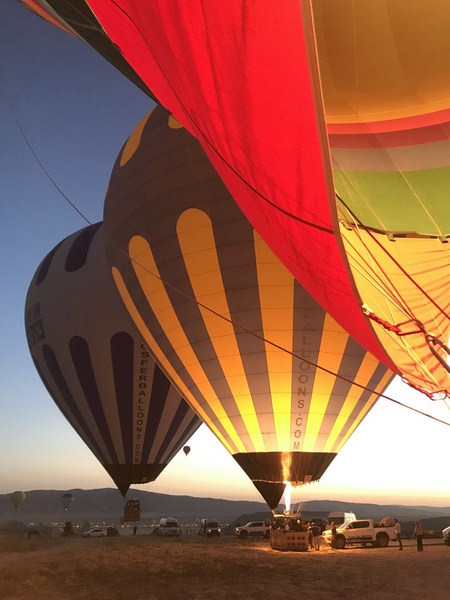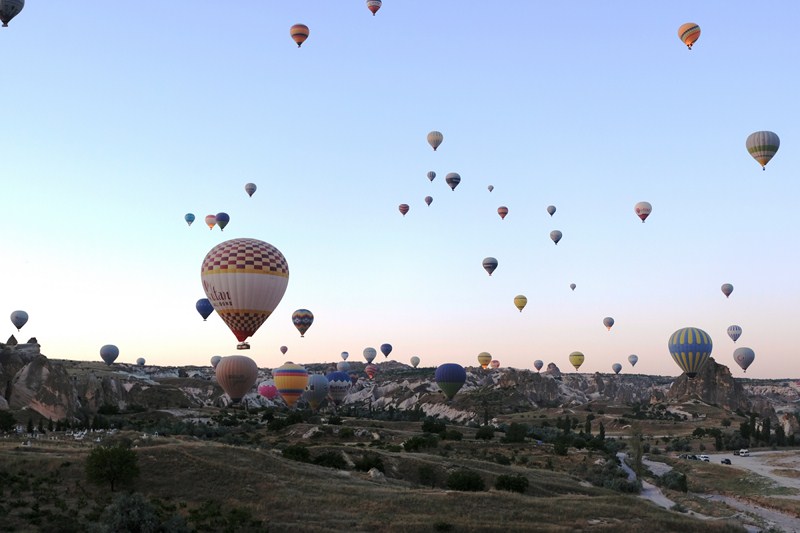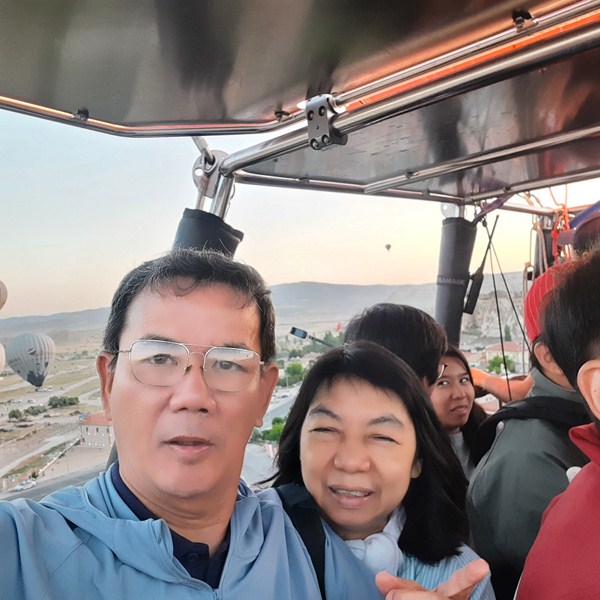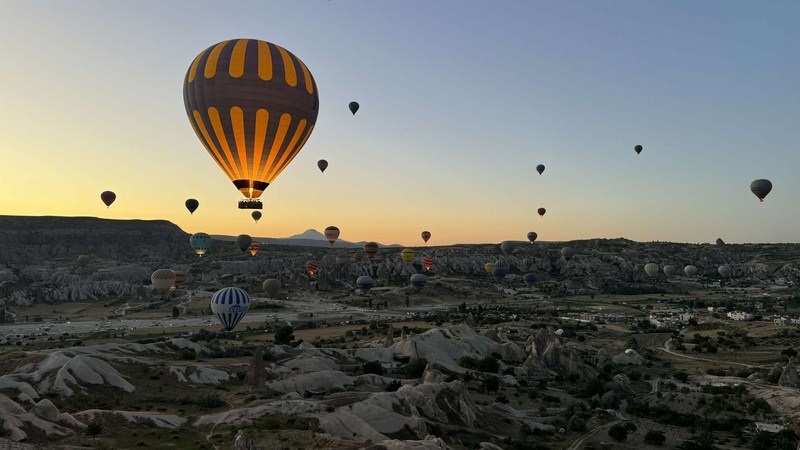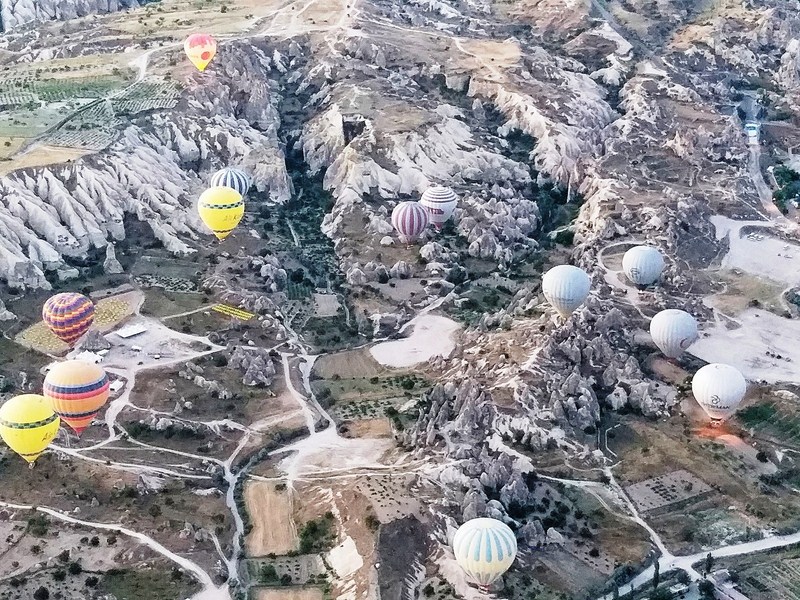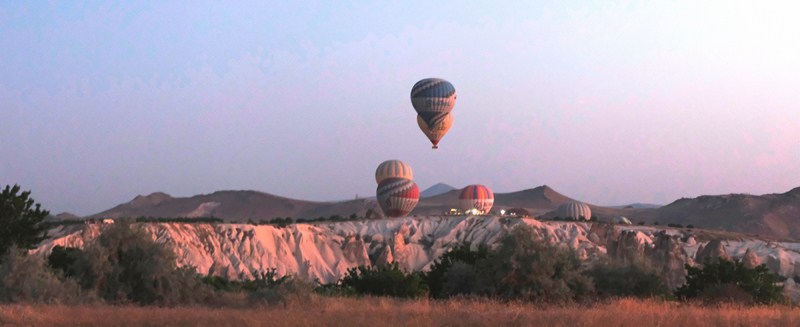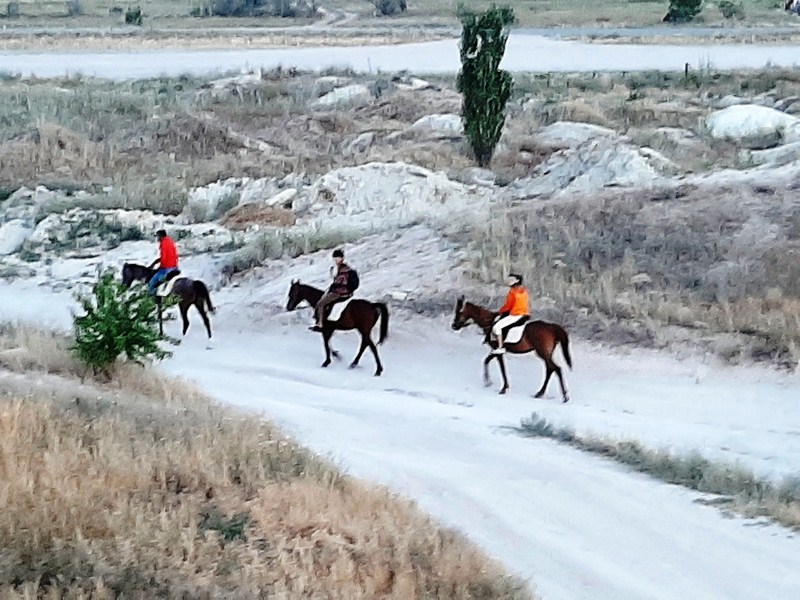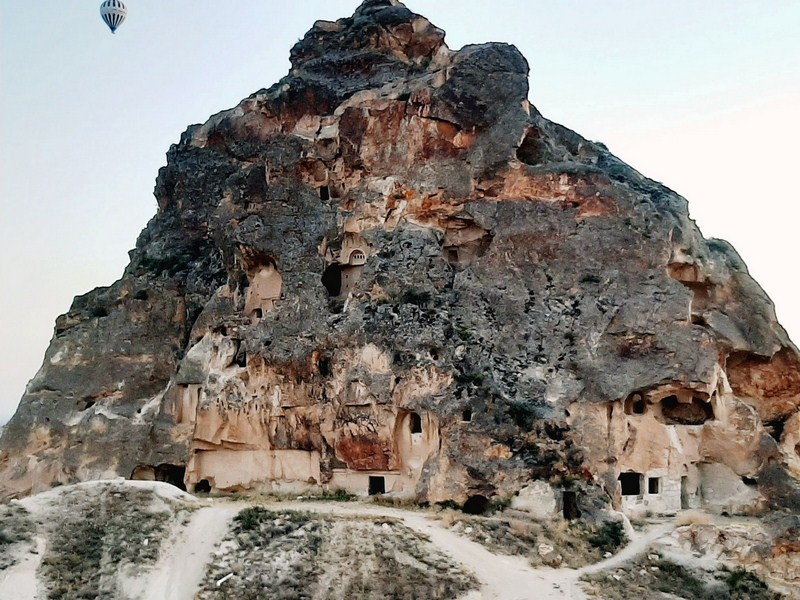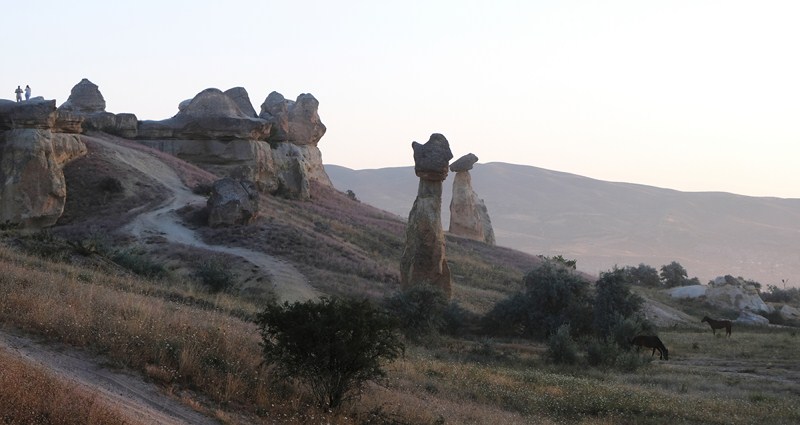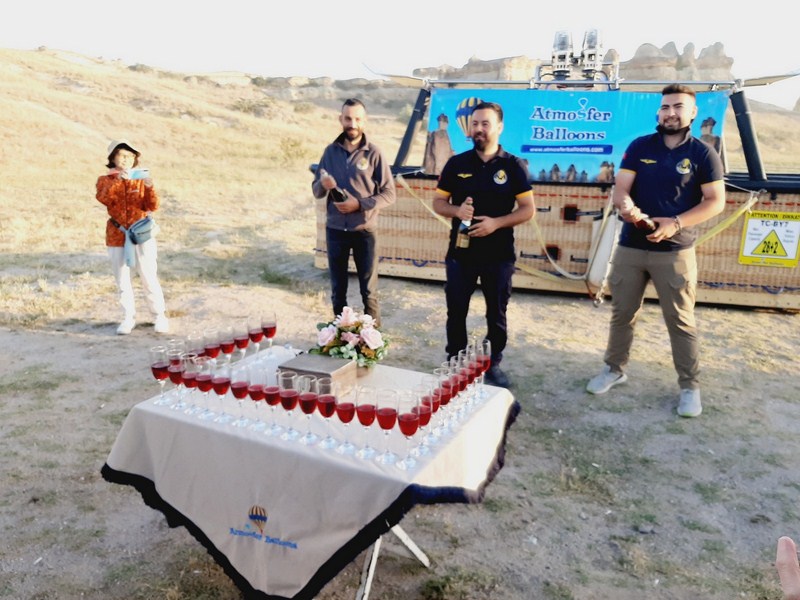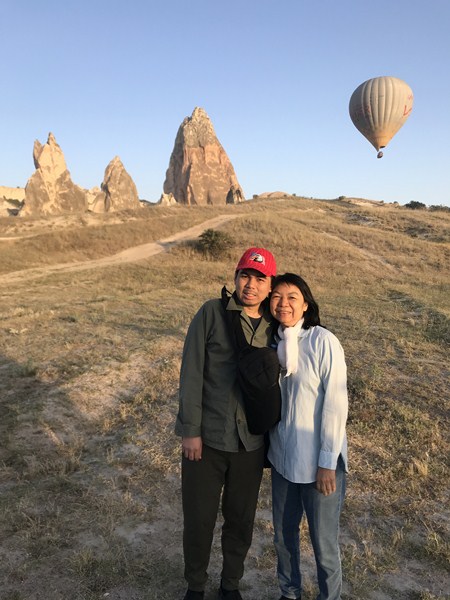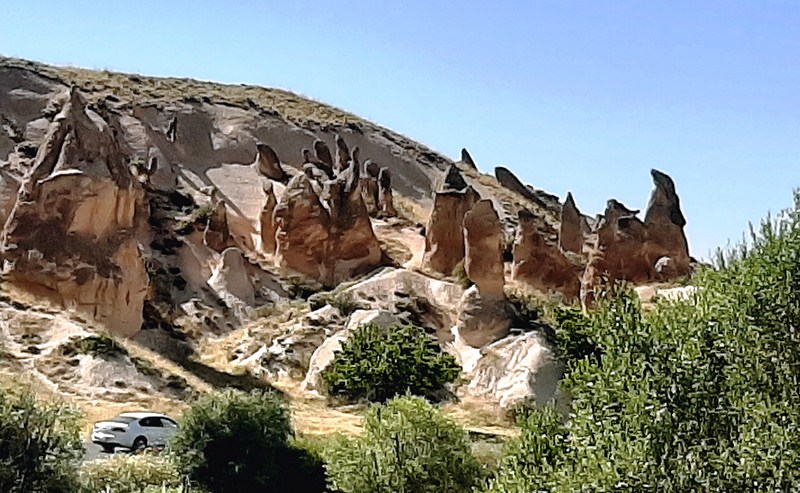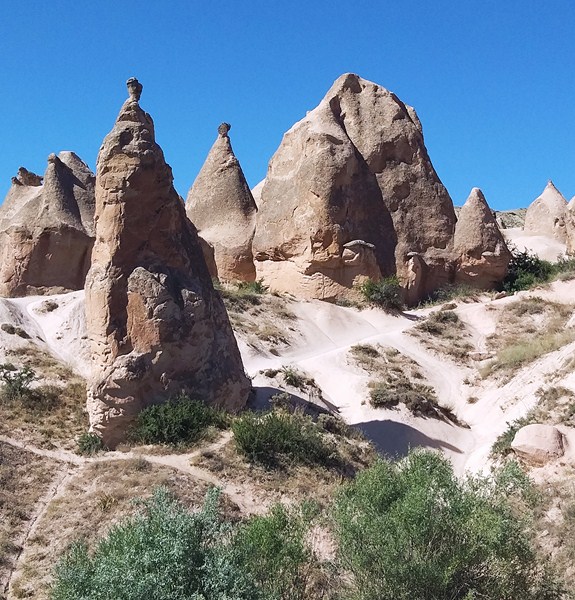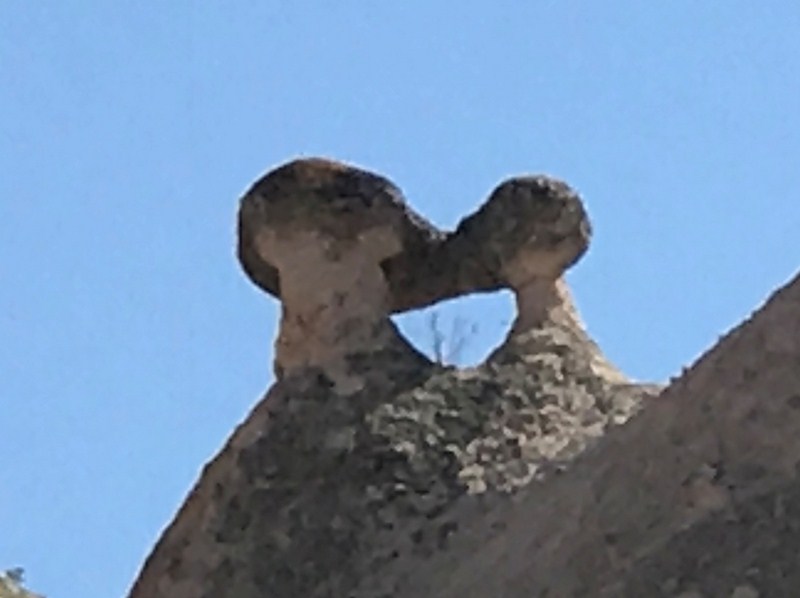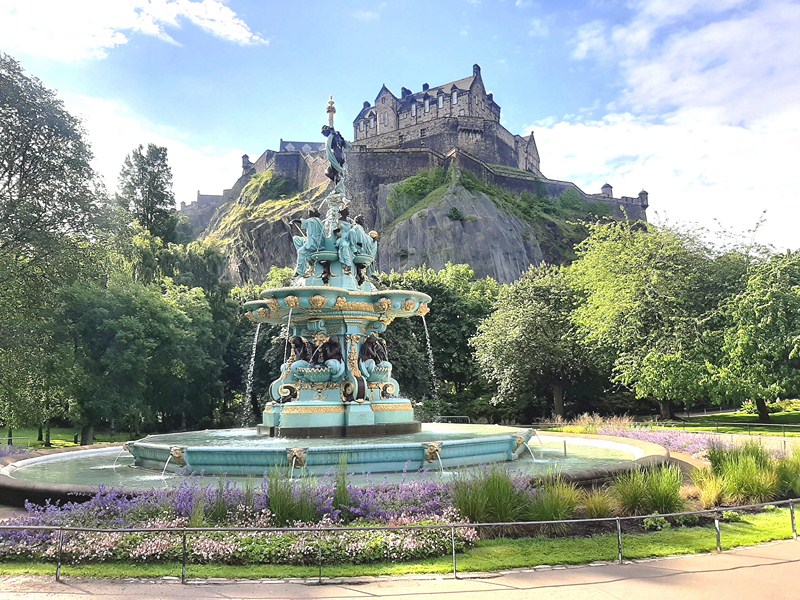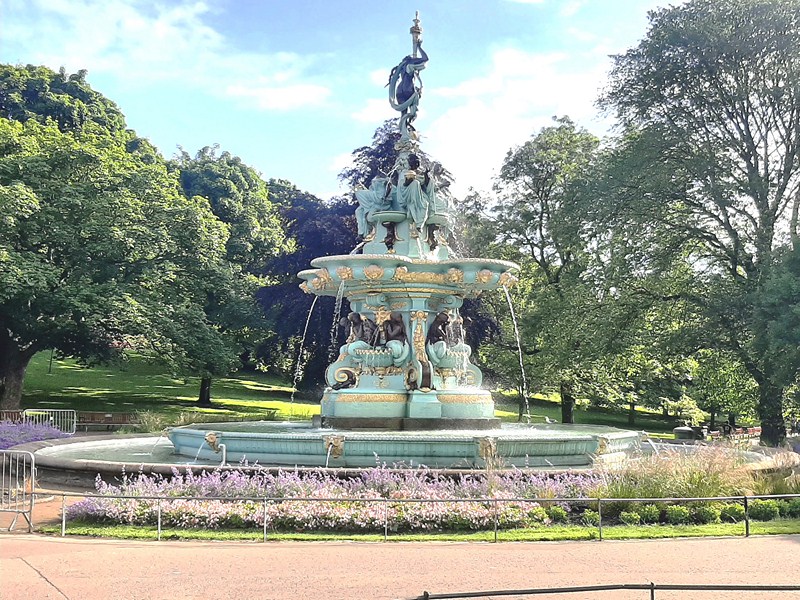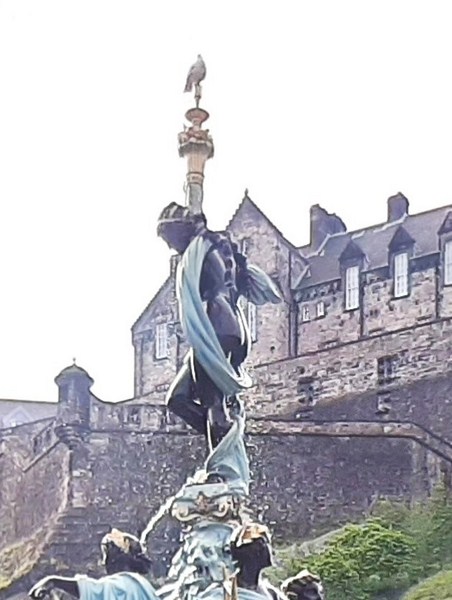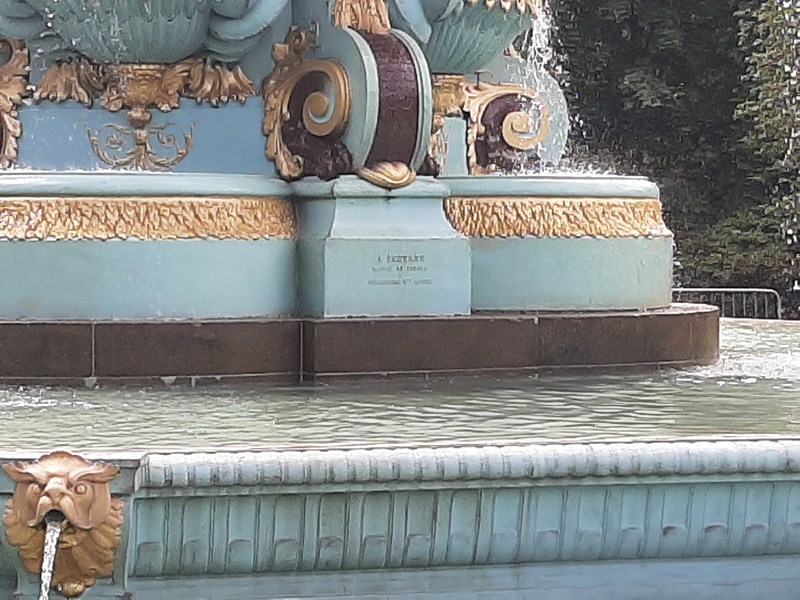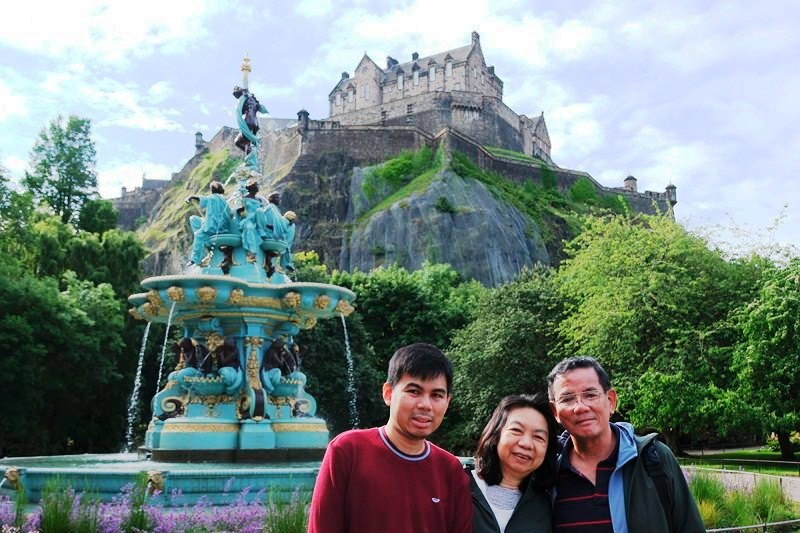From Mutchong View Point, it was to be a long 20.1-km. (40-min.) drive to the small, quaint and unmanned Honesty Coffee Shop in Ivana where we did some souvenir shopping.
Check out “Mutchong View Point” and “Church of St. Joseph the Worker”
Located near the Church of St. Joseph the Worker, this icon of the province’s ingrained values is the most popular coffee shop in Batanes. Perhaps the only one of its kind in the country (and probably the world), it tests the honesty of its customers as they purchase their products.
Opened in 1995, nobody tends to this store owned by Mr. Jose and Elena C. Gabilo, a retired school teacher, but a plaque inside is inscribed with the words “The Lord is my Security Guard.” You can post your own thoughts or notes on one of its walls.
In this self-service store, we simply picked the items we wanted from a shelf or rack (coffee, instant noodles, bread, Ivatan souvenirs such as printed T-shirts and vakul, homemade bukayo, garlic chips, etc.).
We then checked for the list of prices at a logbook, then listed our purchase (printed T-shirts and some snacks) and the denomination of money paid in a notebook.
Exact change is then dropped in the designated money or “payment” box or drawer. In the event that change is needed, you can just it get from the box.
In case you need to collect your change, you can press the buzzer for an attendant to assist you. However, it will spoil the experience. It also has a few tables where you can sip your coffee and eat your snacks. A 6.5 min. segment in the 2015 film You’re My Boss, starring Toni Gonzaga (as Georgina) and Coco Martin (as Pong), was shot at this store.
Honesty Coffee Shop: National Rd., Brgy. Radiwan, 3902 Ivana. Mobile number: (0908) 771-1565.
How to Get There: Ivana is located 13.85 kms.(a 15-min.drive) south Basco. The coffee shop is located near the town’s church and port.
Provincial Heritage and Tourism Office (PHTO): Mobile number: (0929) 230-5934. Website: www.breathtakingbatanes.com.
Ivana Tourist Information Center: 3902 Ivana. Mobile number: (0947) 541-4100.


